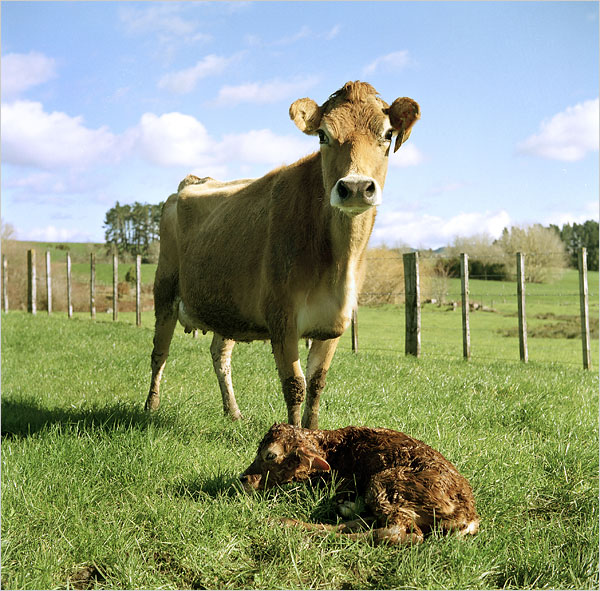What’s in a Word?
In 2002, an inspector for the National Organic Program sued the Department of Agriculture over the USDA’s new rules governing the definition of “organic.” In short, the inspector, Arthur Harvey, alleged that the rules rendered the word overly broad, and thus permitted nonorganic ingredients to be marketed under the USDA organic seal of approval you’ve probably seen in the supermarket. In other words, you’re being duped. And you probably didn’t even know it.
The suit initially failed, but on appeal, the First Circuit Court sided with Harvey and remanded the holdings to the district court. The district court then ordered the USDA to issue new rules within a year (by June 2006, which it has done) and to enforce them by June 2007. In the meantime, the annual agriculture appropriations bill came up on Capitol Hill, and to prevent consumer confusion, commercial disruption and unnecessary litigation, Congress effectively resolved Harvey v. Veneman.
Mr. Harvey, however, remains unsatisfied. To show him the error of his ways, let’s review some of the district court’s holdings
First, there’s the question of what percentage of organic ingredients a product must contain to qualify as “organic.” Before Harvey, conventional ingredients commercially unavailable in organic form—Cornstarch, Gums, Kelp, Lecithin and Pectin—could be labeled “organic.” After Harvey, in accordance with the congressional agriculture bill, the Agriculture Secretary must declare an “emergency” to designate something as “organic”—and then only for up to 12 months.
Consequently, according to William Friedman, a former vice chair of the National Organic Standards Board, “Up to 90 percent of the multi-ingredient products that today bear the USDA organic seal would have to be relabeled.” Most crackers, breakfast cereals, bread, milk, cheese, yogurt, tofu, bananas, lettuce and any products containing sugar would cease to be potentially organic. Indeed, the new regime would make it financially prohibitive for many family farms to continue operating.
The next question: do synthetic substances in or on processed food make the product organic? Before Harvey, 38 such substances could be labeled “organic.” This is important because if we forbid synthetics from the “organic” umbrella, we force producers to downgrade their products from, say, 95% organic to 70% organic. The result: people eat less organic, and less healthy, food, and the organic market gradually shrinks.
Finally, as we scrutinize the above figures and facts, let’s remember that they were all arrived at after years of painstaking analysis and input from a range of parties. There is always room for improvement, but for all its purported irregularities, organic food in America remains a rapidly growing industry. And contrary to what some would have you believe, Americans are buying not because we’re gullible but because we enjoy what we’re eating.

 Comments
Comments